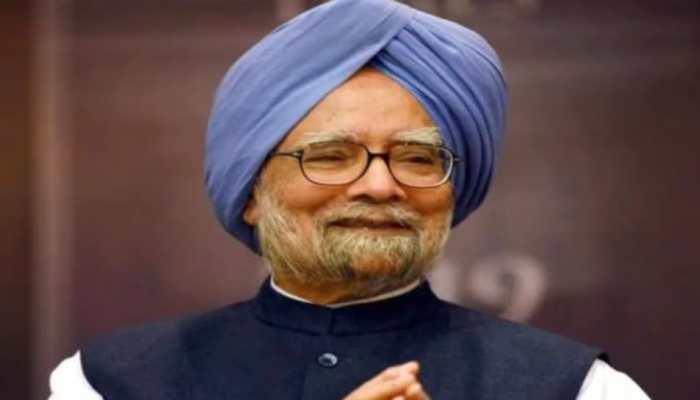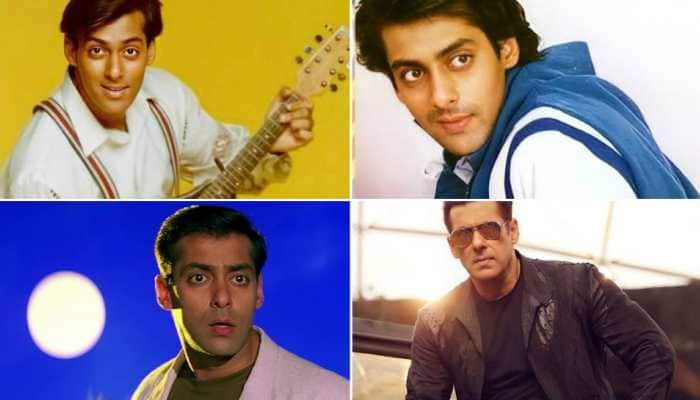Shravan Shivratri 2018: Puja timings, date, vrat vidhi and significance
Har Har Mahadev!
Trending Photos
) Pic Courtesy: Pixabay (representational image)
Pic Courtesy: Pixabay (representational image) New Delhi: The auspicious month of Shravan or Sawan has commenced and all the Lord Shiva bhakts are immersed in the devotion of the god. According to Hindi calendar, a Shivaratri takes place in every lunisolar month. It falls on the 13th night/14th day of the month. However, 'Maha Shivaratri' is different. It is celebrated once a year either in February or March (Magha), before the arrival of Summer.
Maha Shivratri means 'the Great Night of Shiva'. The Shivratri which occurs in the month of Shravan is called 'Sawan Shivaratri or Shravan Shivaratri'. Devotees throng Shiva-Parvati temples in huge numbers from early morning and offer water (jal) or Ganga Jal to the god (Shivalinga).
During the month of Shravan or Sawan, devotees observe fasts on Mondays and visit Lord Shiva and Goddess Parvati temples. Special pujas are also conducted in some temples during Shravan month. Gangajal Abhishekam is performed by various bhakts during this time.
Sawan Shivaratri is more popular in North Indian states - Uttarakhand, Rajasthan, Uttar Pradesh, Madhya Pradesh, Punjab, Himachal Pradesh and Bihar where Purnimant Lunar Calendar is followed. In Andhra Pradesh, Goa, Maharashtra, Karnataka, Gujarat and Tamil Nadu where Amavasyant Lunar Calendar is followed Sawan Shivaratri corresponds to Ashadha Shivaratri.
Puja Timings:
According to Drikpanchang, 'Sawan Shivratri' timings are:
Nishita Kaal Puja Time = 24:05+ to 24:48+
Duration = 0 Hours 43 Mins
On 10th, Sawan Shivaratri Parana Time = 05:51 to 15:43
Ratri First Prahar Puja Time = 19:02 to 21:44
Ratri Second Prahar Puja Time = 21:44 to 24:26+
Ratri Third Prahar Puja Time = 24:26+ to 27:09+
Ratri Fourth Prahar Puja Time = 27:09+ to 29:51+
Chaturdashi Tithi Begins = 22:45 on 9/Aug/2018
Chaturdashi Tithi Ends = 19:07 on 10/Aug/2018
Vrat Vidhi:
A day before Shivratri fast, devotees usually consume food only one time. On Shivaratri day, after performing the morning rituals, a Sankalp has to be taken which means a full day fasting on Shivaratri. During Sankalp devotees pledge for self-determination throughout the fasting period and seek the blessing of Lord Shiva to finish the fast without any interference.
On Shivratri, devotees should take second bath in the evening before sitting for the Shiva Puja or visiting the temple. The puja is conducted during the night and devotees break the fast next day after taking bath. Hariyali Amavasya, an auspicious day during Shravan month, falls one or two days after Sawan Shivaratri.
Significance
During the month of Shravan or Sawan, several devotees set out on a yatra by foot, popularly known as 'Kanwar Yatra'. In the Kanwar Yatra, bhakts carrying sacred water in pitchers that are tied to a bamboo pole set out on a spiritual journey. The pole is carried by devotees who balance it on his shoulder without letting the pitchers on either side move from its position.
They fill the pitchers with holy water from different Shiva temples they come across while travelling. The devotees also sing and dance while on their spiritual journey.
Om Namah Shivai!
Stay informed on all the latest news, real-time breaking news updates, and follow all the important headlines in india news and world News on Zee News.
Live Tv







)
)
)
)
)
)
)
)
)
)
